Palm reading, as a vital part of traditional Chinese culture, has been used for centuries to uncover the mysteries of life by observing the intricate lines on one’s palms. Whether it’s to understand personality traits, predict health conditions, or interpret career and relationship paths, palmistry plays a significant role. Rooted in ancient wisdom, palm reading not only reflects a deep exploration of destiny but also connects closely with practices like Feng Shui and the Eight Characters of Birth Time (Ba Zi).
Which Hand to Read First
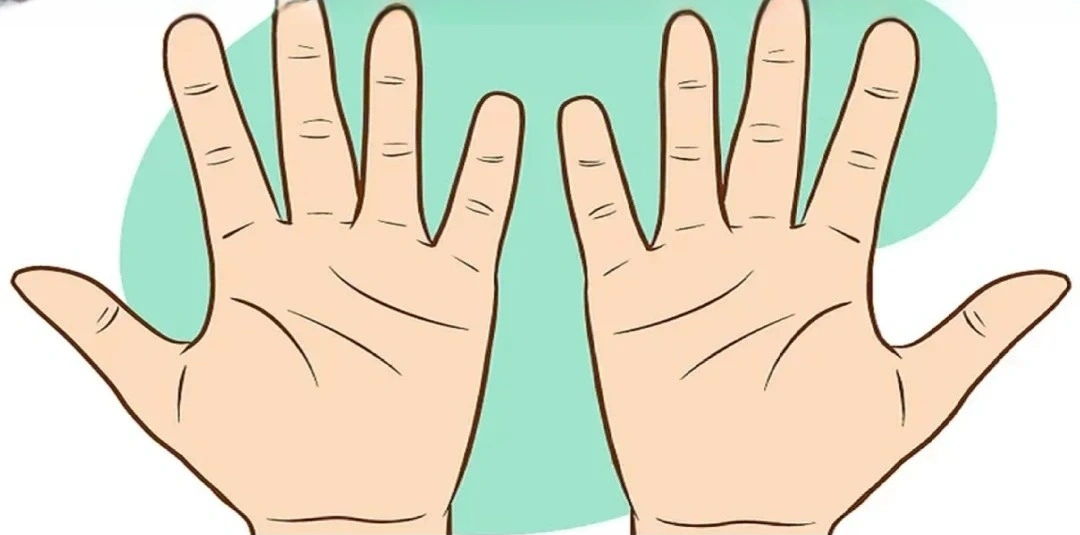
In palm reading, there is a concept of the dominant and non-dominant hand. Your dominant hand is considered the “active hand,” while your non-dominant hand is the “passive hand.”
- The passive hand reflects your inherent traits and personality. It serves as the foundation for palm reading.
- The active hand, on the other hand, reveals changes influenced by internal and external factors.
- If the lines on both hands differ significantly, it suggests that the individual has worked hard to improve themselves.
Identifying the Four Main Lines
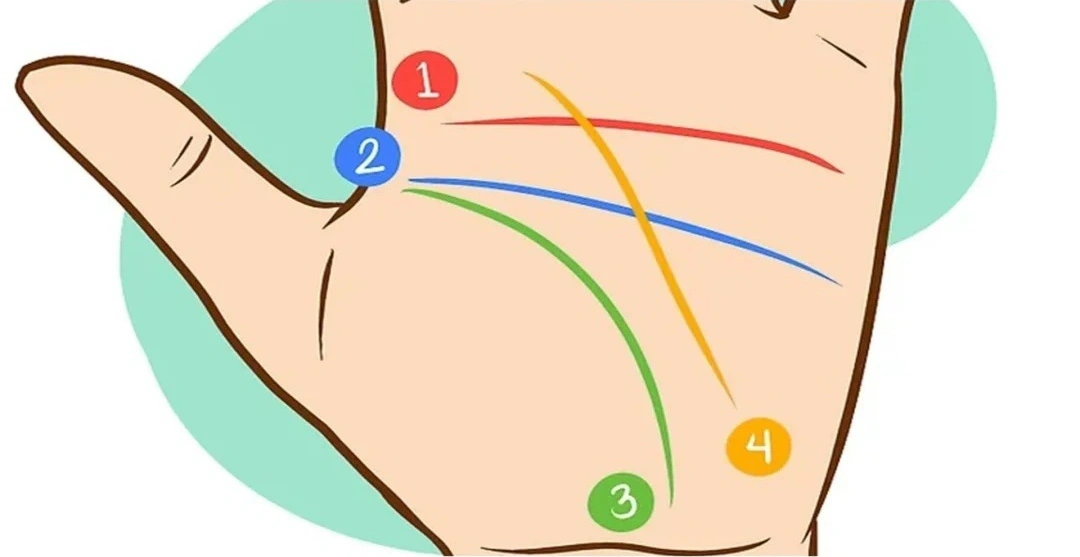
The four primary lines in palm reading are the heart line, head line, life line, and fate line (not everyone has a fate line).
- Heart Line (marked in red in the diagram): This is the first horizontal line on the palm. It reflects your emotional and physical well-being.
- Head Line (marked in blue): This line runs across the middle of your palm. It represents your intellect and thought processes.
- Life Line (marked in green): Starting from the base of the thumb and curving around it, this line indicates vitality, strength, and overall energy levels—not lifespan, as the name might suggest.
- Fate Line (marked in yellow): Not everyone has a fate line. This vertical line begins at the base of the palm and extends upward toward the middle. It is associated with career, success, and life’s path.
Interpreting the Heart Line
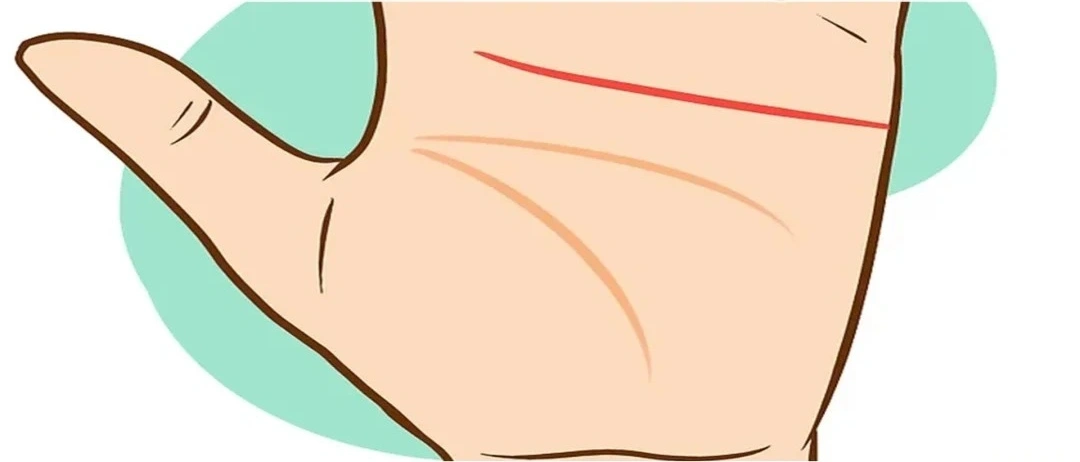
The heart line can be read from either left to right or right to left, depending on your preference. It provides insights into emotional stability, romantic tendencies, and heart health.
- If the heart line starts below the index finger, it suggests the person is selective in love.
- If it starts below the middle finger, the person may be self-centered in relationships.
- A heart line starting at the center of the palm indicates someone who falls in love easily.
- No heart line suggests a rational individual who is not easily swayed by emotions.
- A faint heart line points to emotional detachment or indifference toward relationships.
- A short, straight heart line shows limited interest in romantic relationships. A long, curved heart line indicates an expressive and emotionally open individual.
- A wavy heart line suggests multiple relationships without deep emotional bonds.
- A straight heart line parallel to the head line signifies someone adept at controlling emotions. If it connects to the life line, it implies emotional vulnerability.
- A broken heart line or one with overlapping small lines may indicate emotional trauma.
- A chained heart line (with small loops) signifies a tendency toward depression.
Interpreting the Head Line
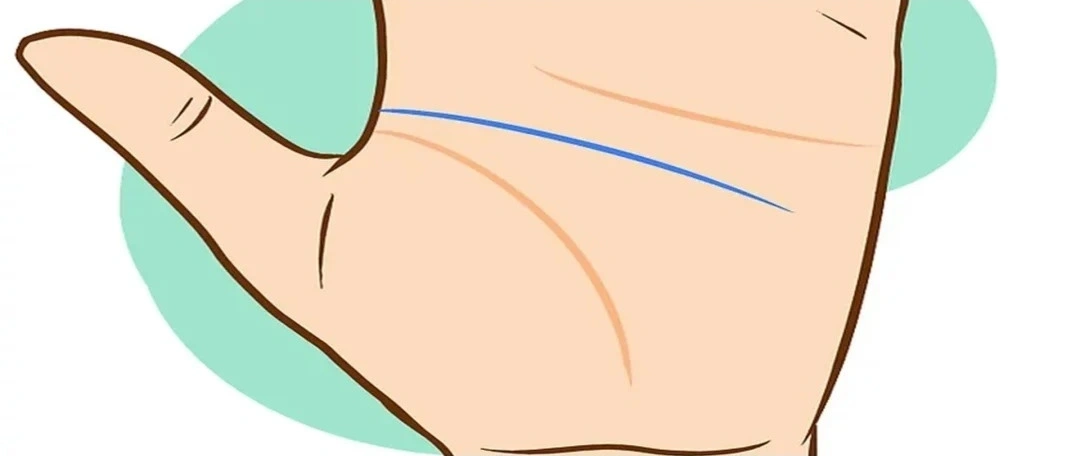
The head line reflects a person’s learning style, communication habits, intellectual capabilities, and curiosity about knowledge.
- No head line suggests laziness or lack of focus.
- A faint head line points to weak memory and a tendency to daydream.
- A deep head line indicates a sharp mind, strong memory, and high concentration levels.
- A short head line reflects practicality and directness.
- A long head line indicates focus and success, though it might also suggest selfish tendencies.
- A straight head line shows realistic, logical, and detail-oriented thinking.
- A wavy head line suggests a tendency to lose focus easily.
- A curved head line represents creativity and imagination.
- If the head line stems from the life line, it indicates strong determination. A separate head line shows adventurousness and a passion for life.
- A fragmented head line suggests inner conflict.
- A head line with branches implies life-changing decisions have significantly influenced the person.
- A chained or looped head line may indicate interpersonal conflicts or emotional struggles.
Interpreting the Life Line
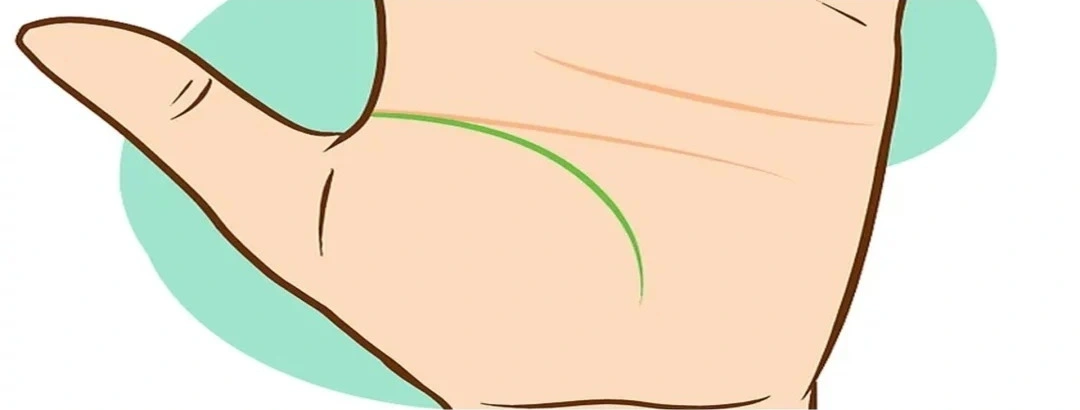
The life line represents physical health, overall well-being, and significant life changes, such as accidents, injuries, or major transformations.
- No life line indicates anxiety, stress, or high pressure.
- A faint life line suggests low energy and reluctance to take risks.
- A clear and visible life line points to a smooth life path.
- A long and deep life line indicates good health and abundant vitality.
- A short yet deep life line suggests resilience in overcoming health challenges.
- A curved life line shows an energetic and enthusiastic person.
- A straight life line close to the edge of the palm signifies cautiousness.
- A life line close to the thumb suggests fatigue or low energy levels.
- A semi-circular life line indicates passion and vigor.
- A straight life line near the edge of the palm signifies a careful and reserved individual.
- An additional life line suggests surplus energy and stamina.
- A break in the life line may indicate sudden lifestyle changes or interruptions. If both hands show breaks, it could signal serious health issues or injuries.
- Circular marks on the life line indicate potential health problems.
Interpreting the Fate Line

The fate line reveals how much a person’s life is influenced by external, uncontrollable factors. This line starts at the base of the palm, though not everyone has one.
- A deep fate line indicates a life strongly guided by destiny.
- A fate line connected to the life line at the start shows early determination and ambition. If it intersects the life line midway, it suggests sacrifices for others. A fate line starting at the base of the thumb implies strong family ties.
- A broken or shifting fate line hints at external disruptions or life-altering events.

 English (Singapore)
English (Singapore)
 English (US)
English (US)  English (Hong Kong)
English (Hong Kong)  English (Malaysia)
English (Malaysia)  繁體中文
繁體中文 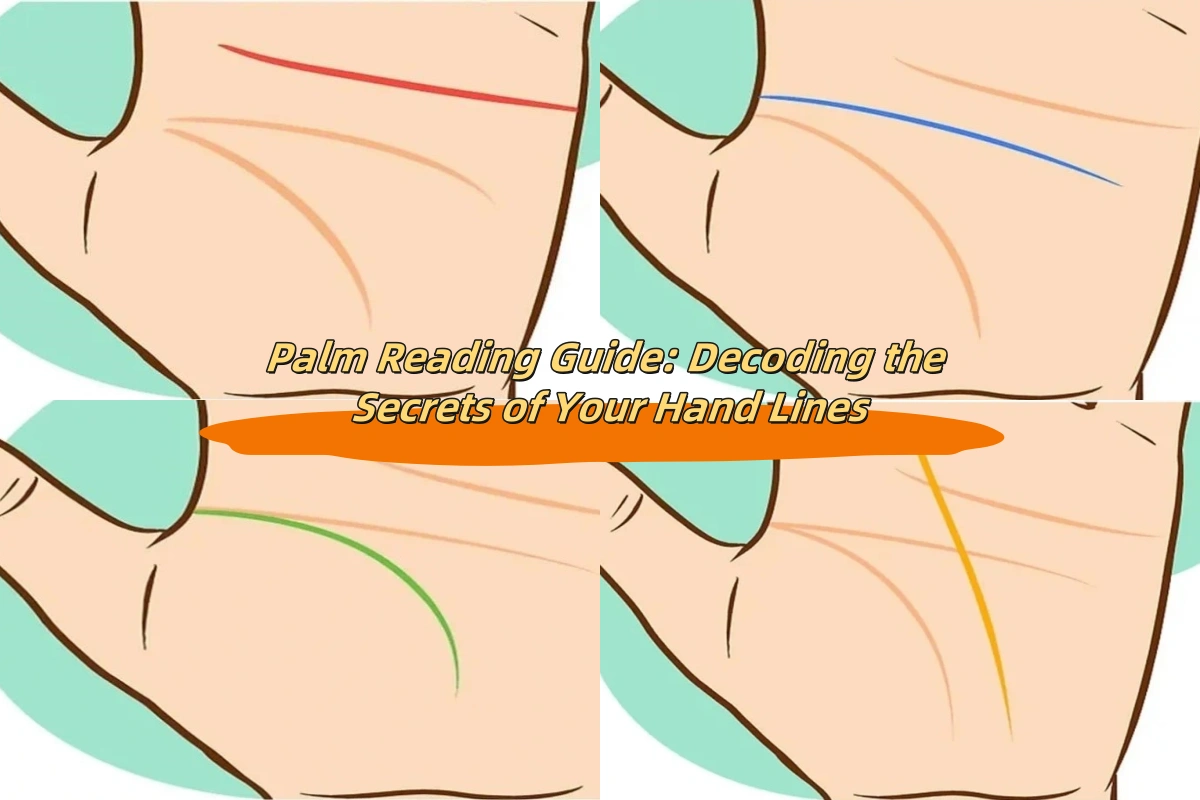
Comment (0)